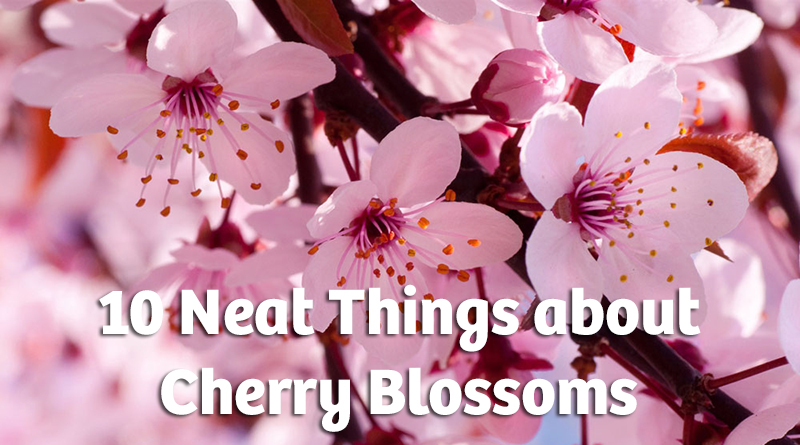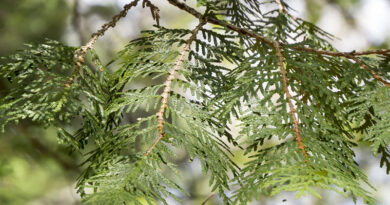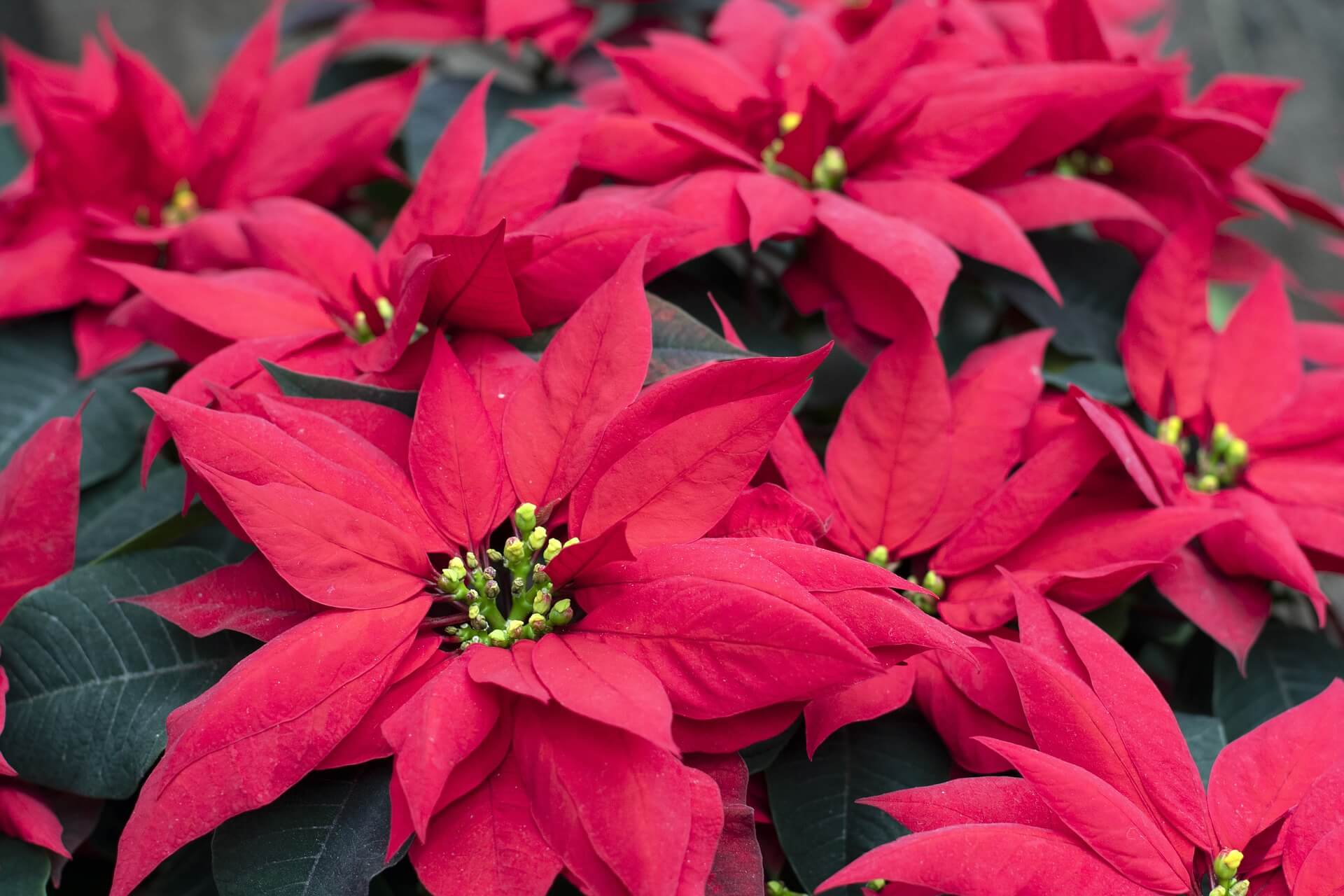Cherry Blossoms
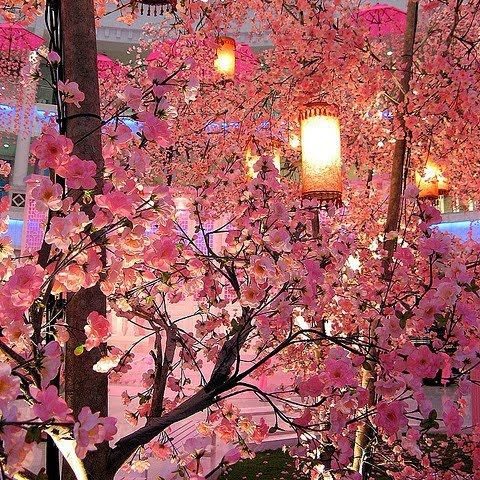
1. Hanami .
It’s cherry blossom time in Japan! Hanami means “flower-viewing” and generally refers to taking in the beauty of cherry blossoms. It’s a tradition in Japan that dates back about 1,000 years to the Heian Period, widely regarded by Japanese as their golden age. A favourite way to mark this time of year is to have a picnic under cherry trees in full bloom. Many parks have mass plantings of cherry trees for this purpose.
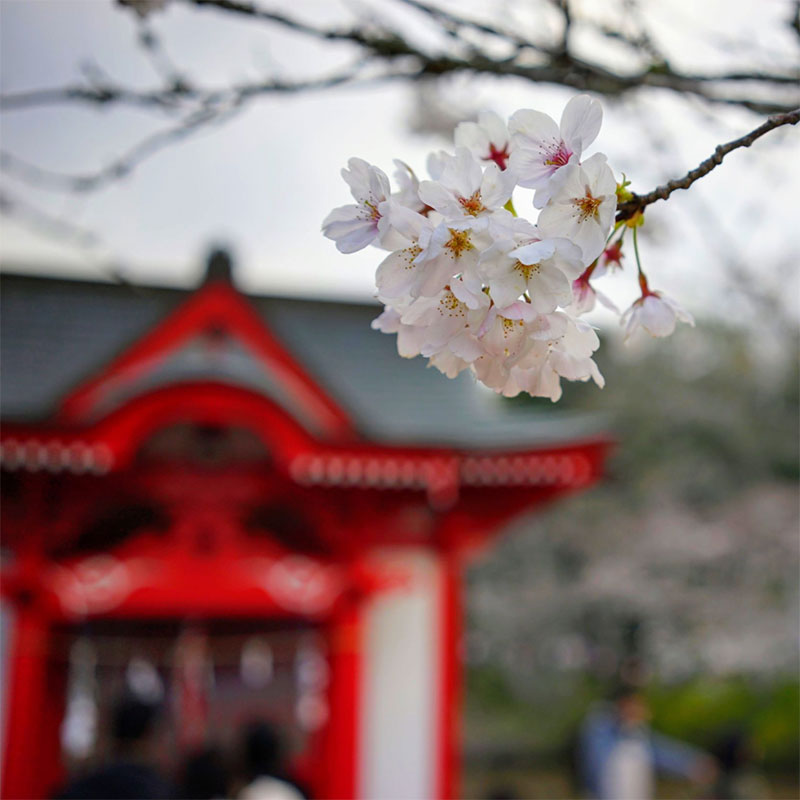
2. Sakura zensen .
This is the “cherry-blossom front” tracked by the Japanese Meteorological Agency as buds open first in the south, then progressively up north through the Japanese islands. The front refers to the kaika, or the opening of the first few blooms. Mankai – full bloom – typically occurs about one week later.
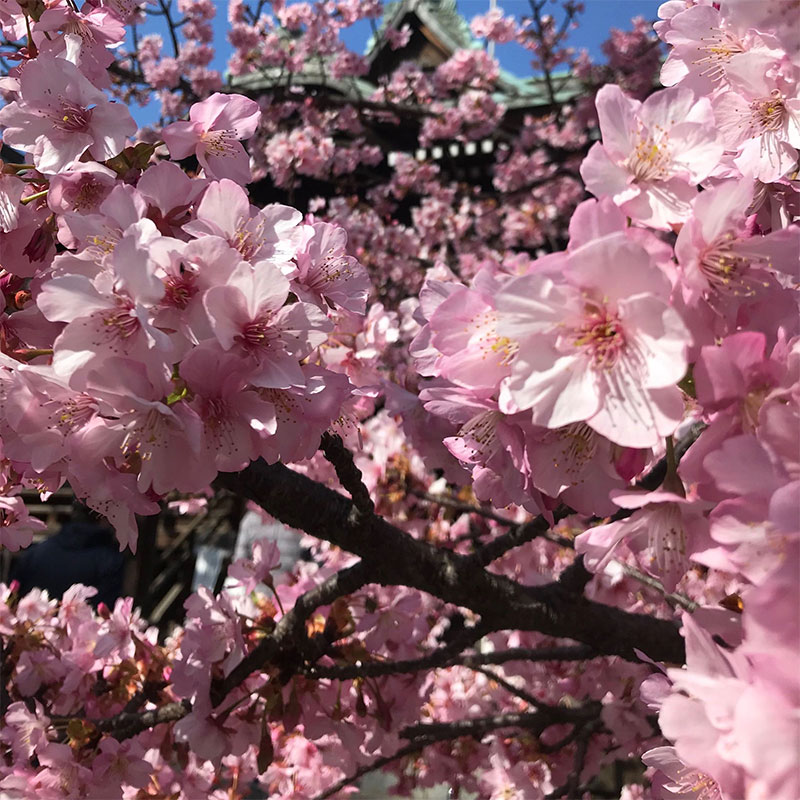
3. All about the beauty.
One might guess that, with so many cherry blossoms there would be a heck of a lot of cherries to be eaten a couple of months later. In fact, the sakura trees cultivated for hanami are ornamental varieties that do not produce good eating fruit. I hate to generalize about things Japanese, but the culture understands the value of aesthetics far better than our own utilitarian society, where “just ornamental” is a common turn of phrase.
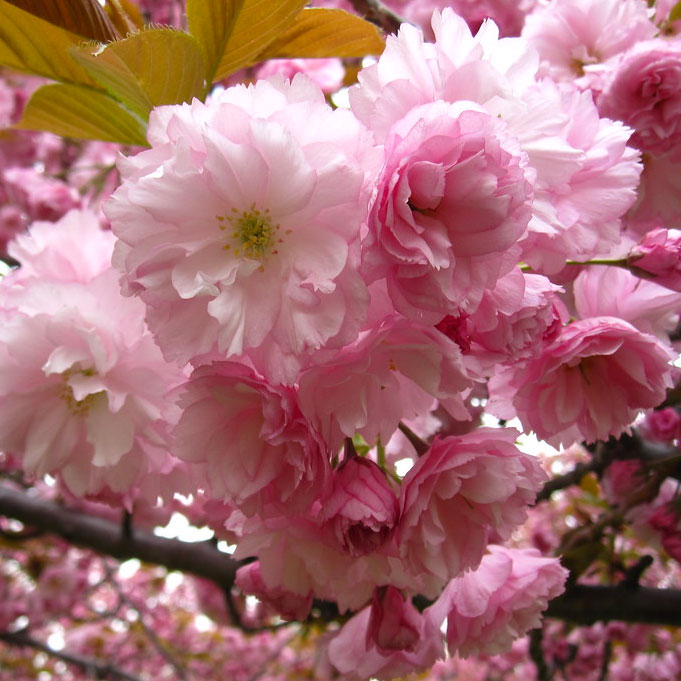
4. Doubles.
Cherry trees that have been hybridized to have double blossoms (blossoms with two or more rows of petals) tend to be sterile. The stamens and pistils of the flower, which are the fertile parts, are sacrificed to make more petals. These trees bear no fruit at all.
5. Prunus .
Cherries—sakura, ornamental, Bing, sour, sand—all come from the huge genus of flowering and fruiting trees called Prunus. So do almonds, peaches, plums and apricots. Cherries are among the hardiest of the Prunus trees (plums tend to be a little hardier).
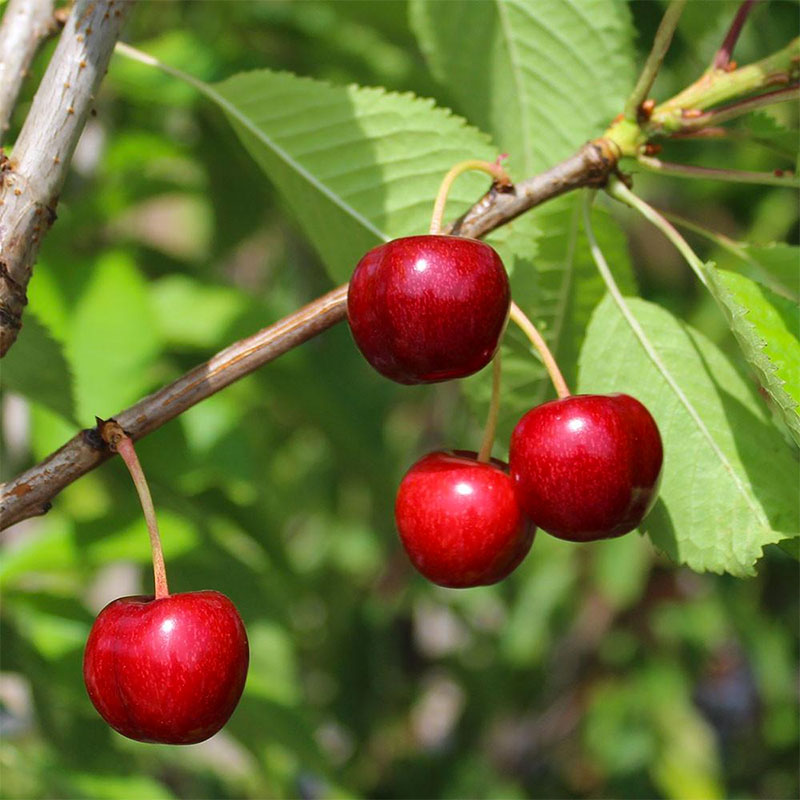
6. Sweet hardy cherries.
Sweet cherries—the kind that are good for eating raw—are not as hardy as sour cherries, which are typically used for cooking. In Canada, only the warmest areas of Ontario and BC can support commercial sweet cherry crops. Hybridizers have been working on sweetening the fruit of sour cherry trees for decades, and there are some tasty options. A tart-sweet variety from the University of Saskatchewan is ‘Crimson Passion’ and an Alberta find is known as Evans cherry.
7. Are cherries berries?
No. Cherries are drupes. Drupes develop from a single ovary on a flower while berries develop from compound ovaries. Drupes contain only one seed; berries contain several. (Mind you, by no means are all tree fruits either berries or drupes; there are also pomes, pepos, hesperidia, epigynous berries, aggregate fruits… we’ll look at this in another newsletter.)
8. Eating cherries might be painless…
Cherries are high in anthocyanins, a group of powerful anti-oxidants. Studies have shown that when cherry anthocyanins are fed to rats, the rats show less pain and inflammation, don’t gain as much weight from the same high-fat diet as their control-group peers, and have significantly lower levels of cholesterol.
9. … or maybe not.
Like your grandma warned you, eating too many cherries will give you a bellyache. Fibre is the culprit. It’s the same with any raw fruit. While cherry pits do produce hydrogen cyanide, it isn’t in the flesh. Make sure you don’t eat the pits (or the leaves) and you’ll be fine.
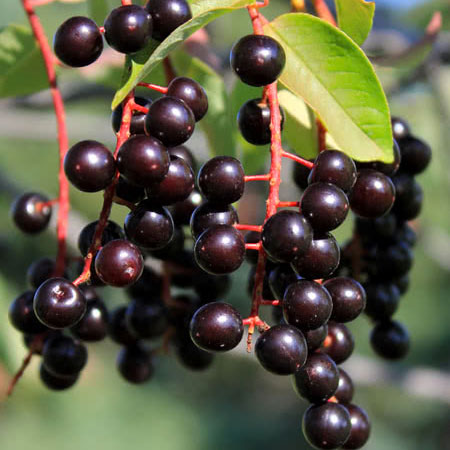
10. Native cherries.
Two cherries native to Canada are the chokecherry and the black cherry, a Carolinian tree whose range in Canada is restricted to southern Ontario. Both produce fruits that are nearly unbearably bitter straight from the tree, but both also make very nice jam. Chokecherry was a common ingredient in pemmican, a sort of combination fruit leather and beef jerky made by some first nations groups for portable sustenance.
– Shauna Dobbie Copyright©
Pegasus Publications Inc.



